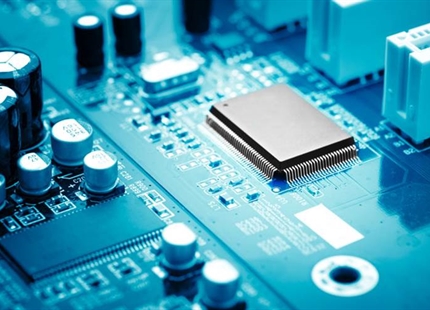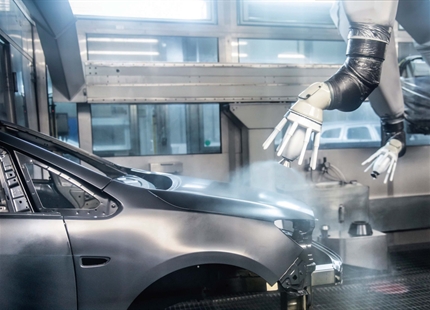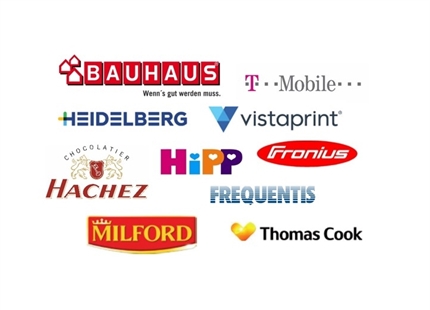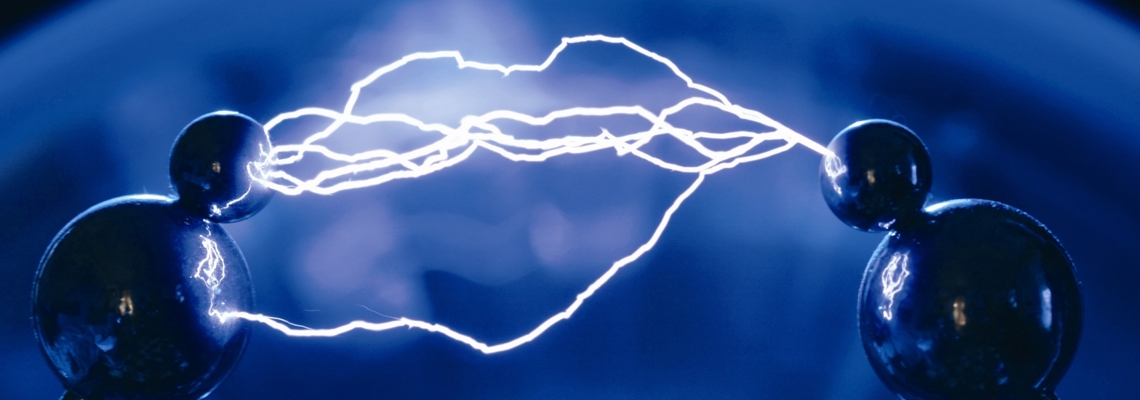
Electrostatics and air humidification
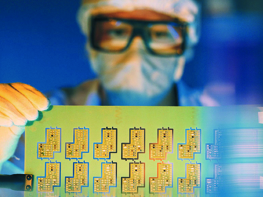
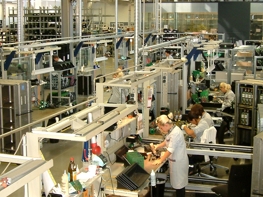
Optimum humidity shields from electrostatics
Ensuring constant, optimum humidity is an effective means of removing the build up of static electricity in production environments. At an optimal relative humidity of 50% – 55%, the conductivity of air and material surfaces has increased to the point where electrical charges can easily be discharged.
In the various fabrication and production areas static loads can lead to significant damages, faulty product quality and result in increased costs. Problems with electrostatic can most often be found in the electronics industry. Electrostatics can be a significant production hindrance in processing paper, textiles, packaging and pharmaceutical products.
Why does humidity provide protection?
Electrostatic charges will be higher the lower the room humidity. The widespread opinion that damp air conducts electricity better then dry air is not correct. The truth is that damp air increasingly settles on ions, which makes them heavier and less moveable in the electrical field. At an optimal relative humidity of 50% – 55%, the conductivity of the air and the material surfaces has increased to the point where electrical charges can easily be discharged.
The reason for the rapid rate of discharge at a high humidity level is that a thin film of moisture forms on the materials, which makes the surface sufficiently conductive to prevent it from accumulating dangerous charges. Electronic components and assemblies are protected from semiconductor failures and their after-effects. Materials like paper, foils, and textile fibres may stick to each other and prevent the machine from running properly. As electrostatically charged surfaces also attract more dust, a constant optimum humidity level helps reduce particle deposition considerably.
ESD protection
In many production areas of the electronic industry, uncontrolled electrostatic discharges (ESD) can be a great danger to quality and reliability of the end product. In the manufacture of electronic components or their installation into modules and systems, invisible damage can be caused by electrostatic discharge. Triboelectric charging is the electrical charging process where electrostatic is created by contact and then subsequent separation of two surfaces.
For example, 100 Volt is enough to delete the information on a magnetic data carrier, 30 Volt to damage electronic components, or as little as 5 Volt to damage sensitive components, whereby not only charging, but also uncontrolled discharge can be damaging. Therefore, high requirements exist and appropriate ESD protection must be ensured during the assembly of PCBs (SMT and THT production). But even during transport and storage of components, the ESD protection measures are essential so that all warehousing areas are created ESD compliant and even transport packaging must provide the appropriate protection for these sensitive components.
Tips and recommendations: Protects against electrostatics
Humidification in the electronics industry
Air humidification protects the electronics industry from electrostatic and lowers dust deposits.
Read moreAir humidification in the automotive industry
Optimum humidity ensures standardised processes and high quality in the automotive industry.
Read moreHumidifier for laboratory and cleanroom
Air humidification in the cleanroom has to protect from electrostatic and must be dust-free.
Read moreCustomer references
Selection of our customers who use our air humidification successfully.
Read more